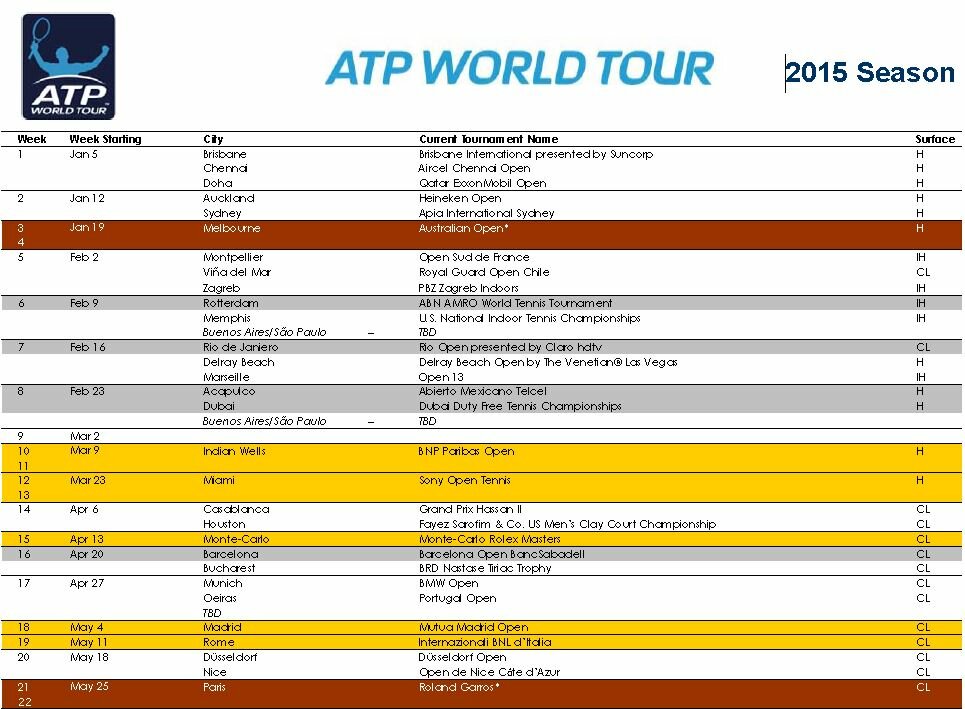 The Men’s athletics Decathlon consists of ten events which must be held on two consecutive days in the following order:
The Men’s athletics Decathlon consists of ten events which must be held on two consecutive days in the following order:
First day: 100m; Long Jump; Shot Put; High Jump;400m.
Second day: 110m Hurdles; Discus Throw; Pole Vault; Javelin Throw; 1500m.
The word decathlon has its origins in Greek alphabet (déka, meaning “ten”) and (áthlon, meaning “contest”).
Each event´s time/distance or height is converted into a points score according to the current IAAF Combined Events Scoring Tables and is disclosed separately for each event, and as a cumulative total, to all athletes after the completion of each event. The athletes shall be placed in order according to the total number of points obtained. The current World Record belongs to Ashton Eaton with 9.039 points obtained at the 2012 US Olympic trial (Eaton also took Gold in the recent London Olympics marking 8.869 points, more 198 than the runner-up).
The normal rules for each event constituting the competition will apply with the following relevant exceptions:
(a) in the Long Jump and each of the throwing events, each athlete shall be allowed three trials only.
(b) in the Track Events, one false start per race shall be allowed without the disqualification of the athlete(s) responsible for the false start. Any athlete(s) responsible for further false starts in the race shall be disqualified.
At the discretion of the Combined Events Referee, there shall exist, whenever possible, an interval of at least 30 minutes between the time one event ends and the next event begins, for any individual athlete. If possible, the time between the finish of the last event on the first day and the start of the first event on the second day should be at least 10 hours.
In each separate event, except the last, of a Combined Event competition, the heats and groups shall be arranged by the Technical Delegate(s) or Combined Events Referee, as applicable, so that the athletes with similar performances in each individual event during a predetermined period shall be placed in the same heat or group. Preferably five or more, and never less than three, athletes shall be placed in each heat or group. When this cannot be achieved because of the timetable of events, the heats or groups for the next event should be arranged as and when athletes become available from the previous event.
In the last event of Combined Events competition, the heats should be arranged so that the last one contains the leading athletes after the penultimate event.
Any athlete failing to attempt to start or make a trial in one of the events shall not be allowed to take part in the next events and shall be considered to have abandoned the competition. He shall not, therefore, figure in the final classification.
In a forthcoming post we will depict how the IAAF’s Combined Events Scoring Tables work.



